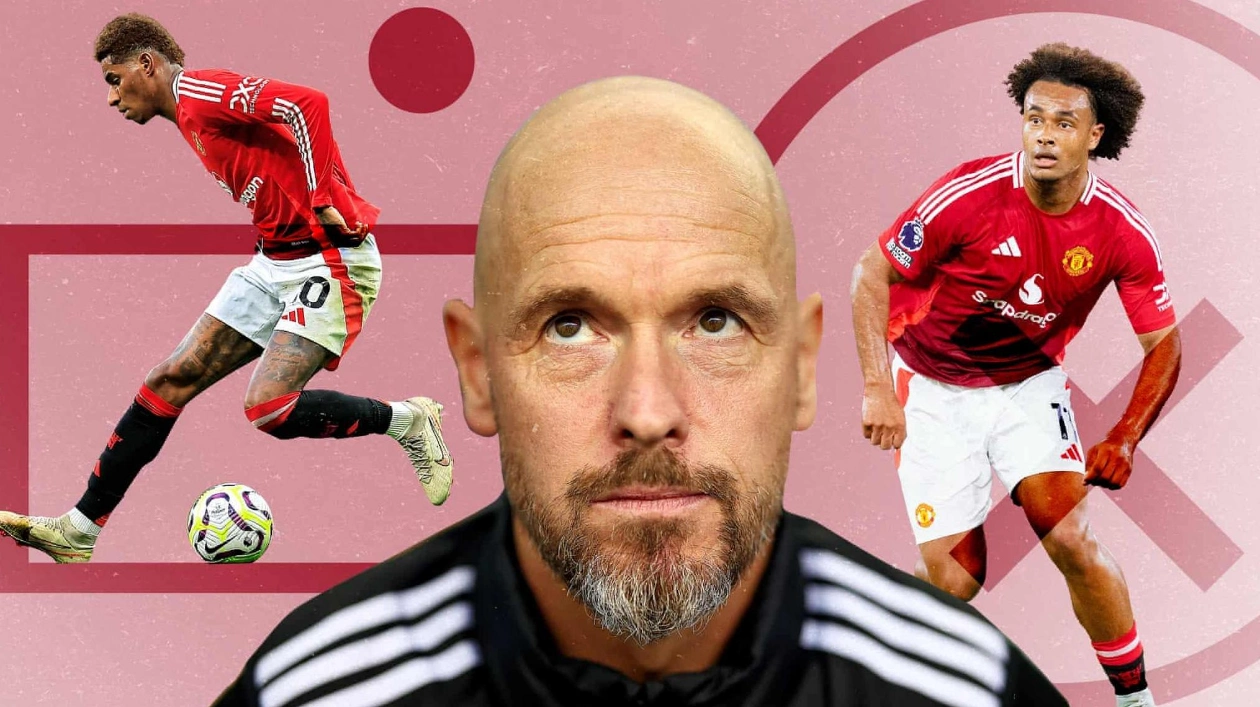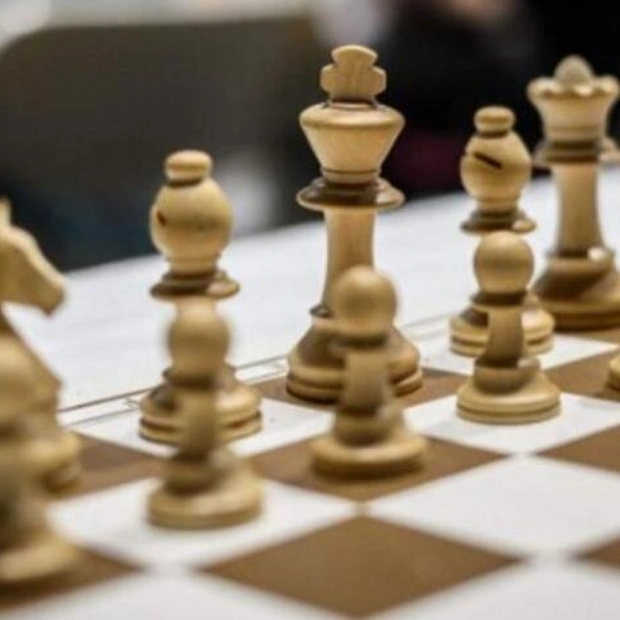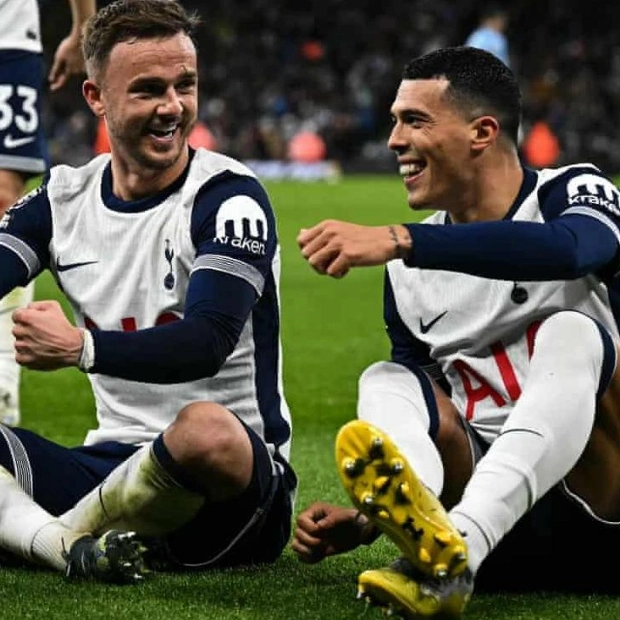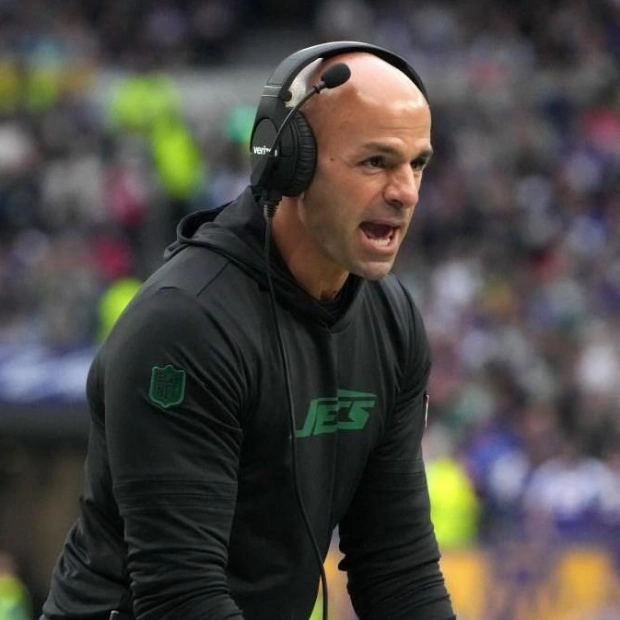Manchester United are set to face Brentford on Saturday afternoon, which means Erik ten Hag will once again be under the microscope. The Dutchman is facing scrutiny due to his team's lackluster start to the season, and the statistics reflect what the eye can see—United are performing incredibly poorly, a trend that has persisted for some time under their increasingly embattled manager.
Excluding Ryan Giggs and Michael Carrick, who managed only six league games between them, among United managers since Alex Ferguson, only Ralf Rangnick—who arrived mid-season into a toxic environment and was not allowed to buy players—achieved fewer points per game than Ten Hag. It's worth noting that Louis van Gaal was sacked not only for poor form but also for his side's unwatchable style, and José Mourinho for those reasons and for alienating various squad members. Both they and Ole Gunnar Solskjær have better league records than Ten Hag—and none received the same level of financial backing.
Ten Hag might argue that United's best post-Fergie performance came under him in last season's FA Cup final, and he would probably be right. However, there is no doubt that under him, and particularly since the Carabao Cup win in 2023, United have been nothing short of abominable. United's draw with Aston Villa in their most recent game meant Ten Hag set and broke his own unwanted record. After registering United's worst start to a Premier League season in 2023-24, his side accumulating nine points from their first seven games, the Dutchman added Matthijs de Ligt and Noussair Mazraoui, two players he knows well and who are familiar with his methods, along with Joshua Zirkzee and Manuel Ugarte, only for his team to get even worse.
United's total of eight points gained and five goals scored—one of those a deflection—is embarrassing, and they have only found the net against Fulham, Brighton, and Southampton, with blanks drawn against Liverpool, Crystal Palace, Spurs, and Villa. It does not feel possible to have these players playing any less effectively. It is not just the number of defeats under Ten Hag but the manner of them. In his care, United have been beaten 6-3 by Manchester City and 4-0 and 7-0 at Liverpool—results inexcusable and unconscionable in any circumstances. It is fair to note that those undressings came against fine sides and even Ferguson struggled at Anfield. Perhaps more damning, then, are 4-0 defeats by Brentford, Brighton, and Palace, and 3-0 home reverses to Bournemouth and Spurs—to say nothing of closer games in which United still conceded several goals, often in clusters.
And it is not just conceding that is a problem. United also struggle to score, despite Ten Hag spending big on Antony, Rasmus Højlund, and Zirkzee. That there have been flashes is almost more damning for Ten Hag because the sense is that under another manager, things might look different. The season before last, Marcus Rashford scored 30 goals in 56 games, playing mainly as a wide attacker looking to drive at his full-back and attack the box. Since then, he has managed 12 goals in 54 games, and though there are other reasons for this—the absence of a left-back able to help him, the poor form of others around him… perhaps stuff in his own mind—it is also the case that he is now playing wider for reasons unfathomable to anyone bar Ten Hag.
Though Rashford has developed the ability to threaten his man on the outside, that is not natural for him—he is no crosser, his eye for a pass is best deployed closer to goal, and at his best the attacker is explosive in the box. Ten Hag bought André Onana, his goalkeeper at Ajax, not because he is a brilliant organiser or shot-stopper. The attraction was his passing ability. Yet United struggle to milk that strength, with Onana often hitting hopeful long balls. Hence United “enjoy” most possession near their own goal and in safe areas on the flanks, struggling to progress the ball.
A major criticism of Ten Hag is that his team have no style, appearing to change their method on an almost weekly basis, rather than commit to a particular style of play which is then tweaked according to the opposition. As such, it’s no surprise to see that their starting distance—the number of metres from their own goal their open-play passing sequences begins—varies from game to game. This helps explain the team’s lack of attacking and defensive cohesion.
Source link: https://www.theguardian.com






